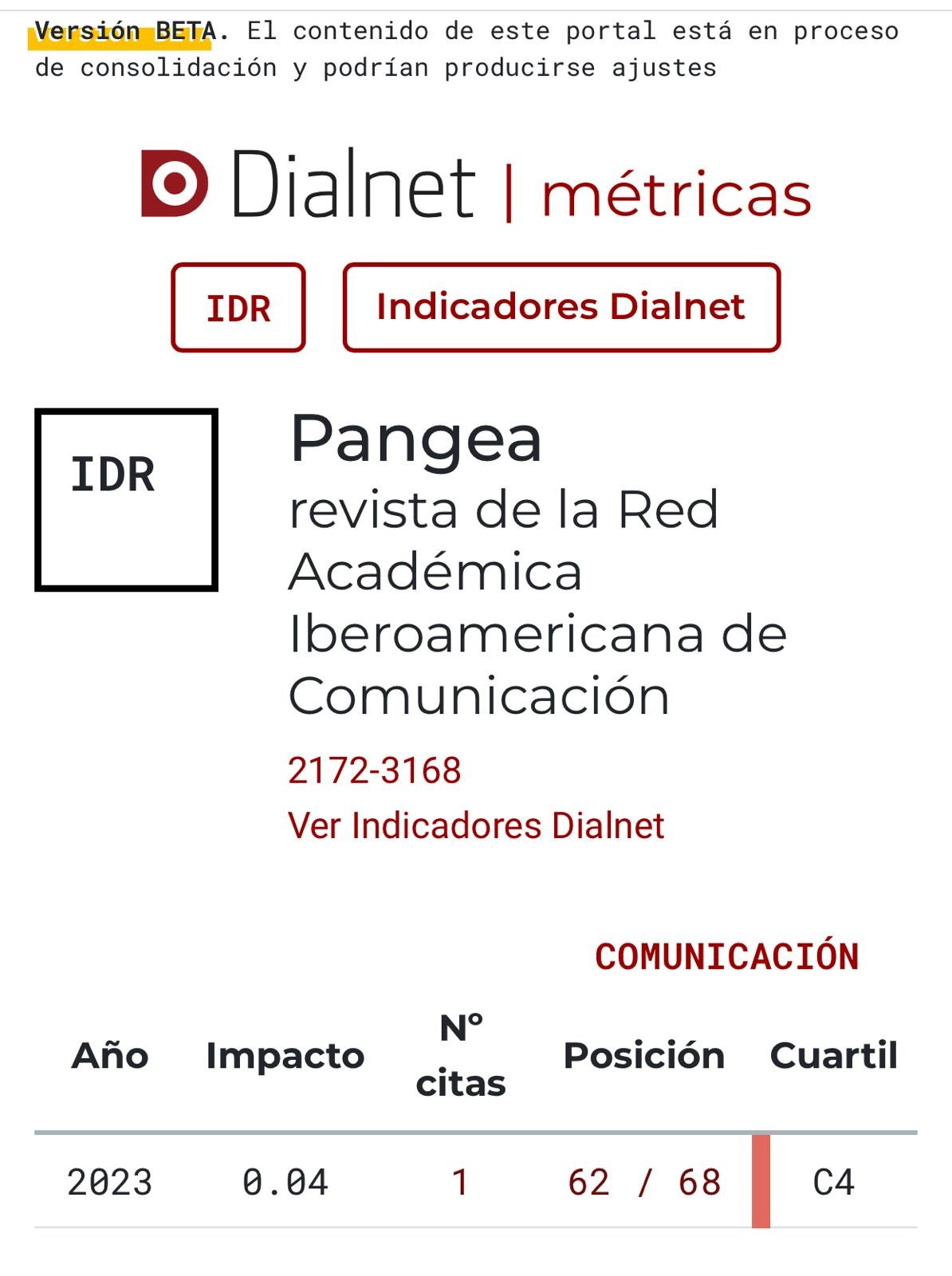The web design as factor of integration of persons with disabilities
DOI:
https://doi.org/10.52203/pangea.v5i1.87Keywords:
Web Design, Accessibility, Internet, DisabilityAbstract
The diversity is a quality of human being. Each person is a world and there are colors for each and every one of them. The design has to keep in mind to this premise. It is fundamental the adaptation to the human diversity, and it is encouraged the accessibility and universal design.
The term accessibility has been frequently used in architecture and urban planning, but it has been seldom used in design web. It is necessary to think about Internet and accessibility, and to create universal virtual settings. This article analyses the importance of design meets the Web Content Accessibility Guidelines of the W3C. These guidelines explain how to make web content accessible to persons with disabilities. This paper studies those standards and the benefits of using them, and it shows good practice cases of universal design. Instructions and examples of web accessibility, which contributes to the equality and integration of persons with disabilities.
References
Anula, A. (Dir.) (2011). Convención Internacional de Naciones Unidas sobre los Derechos de las Personas con Discapacidad en Fácil Lectura. Madrid: Real Patronato sobre Discapacidad y Grupo DILES.
Chisholm, W. y Vanderheiden, G. (1999). Web Content Accessibility Guidelines 1.0. W3C. Recuperado el día 15 de enero de 2014 de http://www.w3.org/TR/WAI-WEBCONTENT/#wc-priority-1.
Consorcio World Wide Web (2014). Recuperado el día 14 de enero de 2014 de http://www.w3.org.
Ley 51/2003, de 2 de diciembre, de igualdad de oportunidades, no discriminación y accesibilidad universal de las personas con discapacidad (BOE núm. 289, de 3 de diciembre de 2003). Recuperado el día 8 de enero de 2014 de http://www.boe.es/boe/dias/2003/12/03/pdfs/A43187-43195.pdf.
Organización de Naciones Unidas (ONU) (2006). Convención sobre los Derechos de las Personas con Discapacidad. Nueva York: ONU. Recuperado el día 8 de enero de 2014 de http://www.un.org/esa/socdev/enable/documents/tccconvs.pdf.
Real Decreto 1494/2007, de 12 de noviembre, por el que se aprueba el Reglamento sobre las condiciones básicas para el acceso de las personas con discapacidad a las tecnologías, productos y servicios relacionados con la sociedad de la información y medios de comunicación social (BOE núm. 279, de 21 de noviembre de 2007). Recuperado el día 8 de enero de 2014 de http://www.boe.es/boe/dias/2007/11/21/pdfs/A47567-47572.pdf.
Universidad de Alicante (2014). “Accesibilidad Web”. Recuperado el día 8 de enero de 2014 de http://accesibilidadWeb.dlsi.ua.es/.
Downloads
Published
Issue
Section
License
Copyright (c) 2014 Patricia Madrigal Barrón, Elena Carrillo Pascual, Belén Puebla Martínez

This work is licensed under a Creative Commons Attribution-NonCommercial-NoDerivatives 4.0 International License.
https://creativecommons.org/licenses/by-nc-nd/4.0/deed.es





